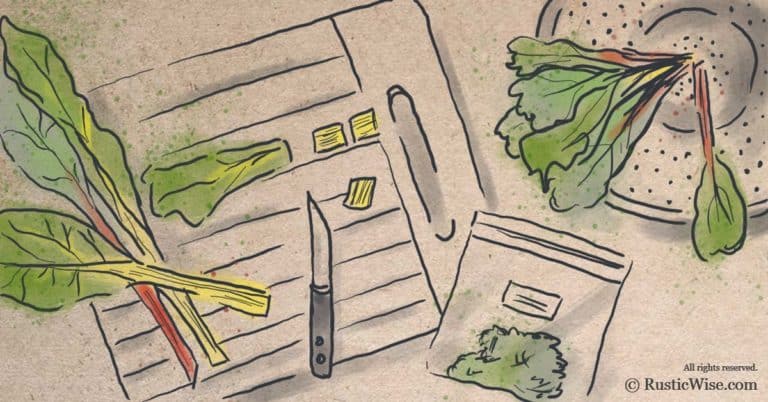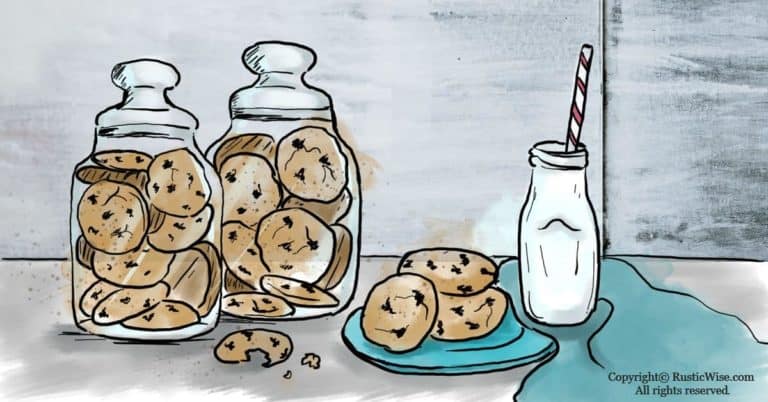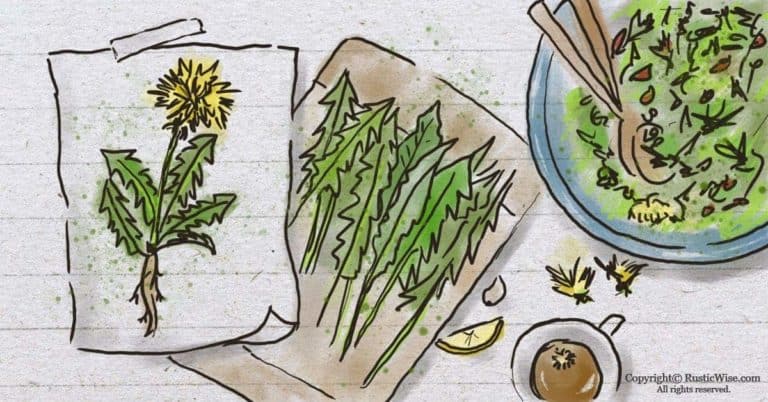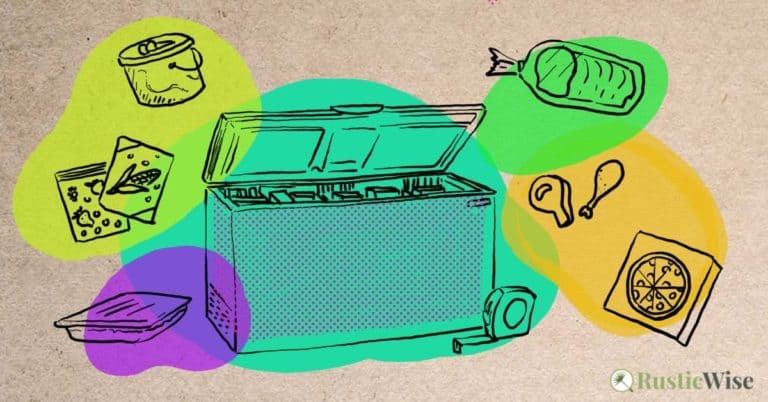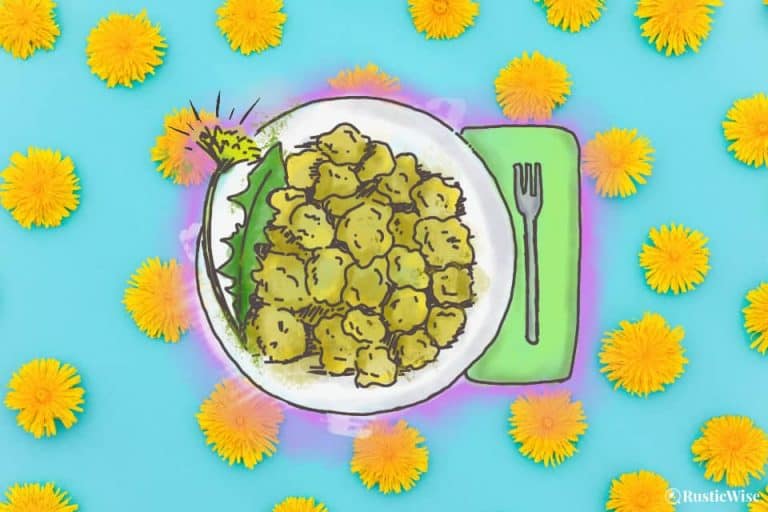Canning Jar Size Chart: Choosing the Right Jar for the Job
Choosing the right canning jar size can be tricky, especially if you’re new to canning. There are wide-mouth vs regular-mouth jars and then there are all sorts of different sizes that can confuse things even more! We’ve made a handy canning jar size chart that explores canning jar sizes and lists some ideas on which jar sizes are best for different projects like jams, jellies, fruits, salsas, and vegetables.
It’s important to choose the right size jar for the job: this prevents food wastage. The shape matters too—regular-mouth canning jars are great for foods that can be poured, while wide-mouth is ideal for larger fruits and veggies.
Follow these canning jar size tips to help you stay organized and avoid waste in the kitchen.
Safe canning jars
What jars are safe to use for canning? It’s best to stick with glass mason jars that are designed to withstand heat and pressure during processing.
But we know there’s always a frugal or thrifty person in the crowd who’s wondering…can you reuse glass jars from store-bought foods?
The National Center for Home Food Preservation says that commercial glass jars (say, from store-bought jams or mayonnaise) might be okay to use with acidic foods processed in a water IF you use a new two-piece lid that fits.
But typically, commercial jars are not quite suitable for canning purposes. They’re thinner and more prone to breakage than mason jar glass, so know the potential limitations before filling them with your bounty. You may also find that the bottom or sides of a jar are scratched or cracked from use (from scraping out mayo, for instance), which can lead to shattering.
Commercial glass jars are NEVER safe to use in a pressure canner—they will shatter.
Tip: While canning jars are a bit of an investment, they’ll last for years if you take good care of them.
Considerations when selecting a jar size
Sometimes it comes down to your own household size and needs when it comes to selecting a jar size.
Using a jar that’s too large results in food wastage. Jars that are too small are kind of inconvenient (after all, who wants to grab three jars from the pantry instead of one?).
The question is: how much can your family eat in one or two meals?
Let’s say you’re a family of four. Maybe it works to use half pint jars (8 ounces) for jam or jelly, or sauces and butters to avoid spoilage. Other foods like fruits, vegetables, and stews could fit nicely in quarts (32 ounces).
If you’re a family of two, well the situation differs. You might need to experiment at first to figure out what works best for you!
Tip: In most cases, you should select the jar size as recommended by your recipe to ensure proper processing time. If you want to use a slightly smaller jar, this should be safe in most cases. However, don’t select a larger jar size than the recipe calls for as this will affect processing time and may result in a food safety issue.
According to Ball and Kerr, “If you choose to process the recipe in a jar smaller than a quart but larger than a pint, follow the processing time given for quarts. If your jar selection is smaller than a pint, follow the processing time given for pints.“
Types of canning jars
There are two main types of canning jars:
- Regular-mouth jars
- Wide-mouth jars
There are also decorative jars that are a bit pricier—save these for special projects or gift-giving.
Regular-mouth jars
The diameter of these jars are 2.75 inches (7 centimeters) when measured from edge to edge. Regular-mouth jars are ideal for anything liquid-y, or pourable such as jams, jellies, sauces, salsas, or pie fillings. They’re also good for foods that are finely chopped.
Wide-mouth jars
The diameter of wide-mouth canning jars are 3.38 inches (8.6 centimeters) when measured from edge to edge. Easy to fill and clean, wide-mouth mason jars are a popular choice. They’re great for fitting in large pieces of fruits (like peach halves), and whole vegetables. Wide-mouth jars are also easier to scoop frozen foods from.
Tip: Save your vintage jars from your grandma for crafting or decorative uses—they aren’t safe for canning food. The glass may have become brittle over the years.
Straight vs. shoulders
And just to keep things interesting, canning jars also come with straight sides, or shoulders (slight indents at the top). Jars with straight edges are easier to scoop from.
Note: Some jars with shoulders are not suitable for freezing as the necks tend to crack when frozen.
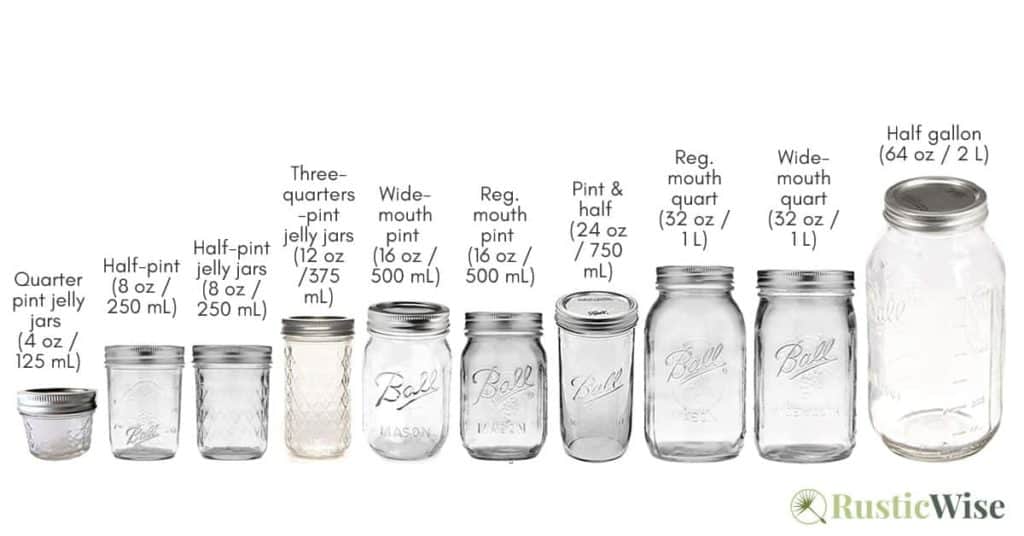
Canning Jar Size Chart
There are so many sizes and types of canning jars available, it’s enough to make your head spin! We obviously couldn’t include every type of jar on the market, but we’ve focused on some of the main ones. (We’ve excluded any decorative or specialty jars.)
Here’s a handy canning jar size chart to help you take the guesswork out of selecting the right mason jar.
Canning Jar Size Chart: Regular-Mouth Jars
| Size | Ideal Uses | Freezer Safe (Yes/No) |
|---|---|---|
| Quarter pint jelly jars (4 oz / 125 mL) | Jams, jellies, mustards, ketchups, dipping sauces, flavored vinegars, and small portion sizes | Yes |
| Half-pint jelly jars (8 oz / 250 mL) | Jams, jellies, conserves, and preserves | Yes |
| Half-pint (8 oz / 250 mL) | Fruit syrups, chutneys, and pizza sauces | Yes |
| Three-quarters-pint jelly jars (12 oz /375 mL) – These are the jars with the “quilted” look from Ball | Jams, jellies, conserves, and marmalades | Yes |
| Pint (16 oz / 500 mL) | Salsas, sauces, relishes, and pie fillings | No |
| Quart (32 oz / 1 L) | Sliced fruits and veggies, pickles, tomato-based juices, and sauces | No |
Canning Jar Size Chart: Wide-Mouth Jars
| Size | Ideal Uses | Freezer Safe (Yes/No) |
|---|---|---|
| Pint (16 oz / 500 mL) | Salsas, sauces, relishes, and fruit butters | Yes |
| Pint & half (24 oz / 750 mL) | Asparagus, pickles, sauces, soups, and stews | Yes |
| Quart (32 oz / 1 L) | Pickles, tomatoes, and whole or halved fruits and vegetables | No |
| Half gallon (64 oz / 2 L) | Apple and grape juices | No |
Note: When filling freezer-safe jars, it’s important to leave 1/2 inch of headspace to allow for proper room for food expansion during freezing.
What’s the best jar size to buy?
Hmm…there isn’t really a right answer to this as it all depends on the type of foods you’re planning to can. But it seems that many recipes call for quart and pint sized jars. If you don’t want to buy too many different sizes when you’re just starting out, these are two versatile sizes. If you’re planning on making any jams or jellies, it’s a good idea to pick up a few half-pint jars too.
As to regular vs. wide-mouth jars, I’m partial to wide-mouth for their ease of use, but that’s just a personal preference.
A word on lids and screw bands
Did you know that canning jar lids are only meant for one-time use? This is because they may not provide a proper seal the second time around. Luckily, you can buy a large pack of lids at a reasonable price.
On the other hand, you can safely reuse screw bands or rings more than once. So long as they don’t show any signs of rust or dents, you can keep using them.
When storing your finished processed jars, you don’t need to keep the screw bands on. Once the lids have a proper seal, you can safely remove the screw bands. Keeping screw bands on during storage may cause bacteria to get trapped beneath, or cause rust to form—two good reasons to keep screw bands off.
How many canning jars to buy?
This really depends on a number of factors including:
- How much do you plan to can?
- How large is your family?
- How many months do you have access to fresh garden produce? If you live in a cold climate, you may need to can more.
- How much do you plan on canning vs. freezing?
In the book, The Encyclopedia of Country Living, it says that a family of four in an average climate may start with canning 300 quarts. If you make 100 quarts of green beans, your family could easily go through two quarts per week all year round.
If you’re just canning as a fun weekend project, then you could start with a few dozen canning jars and work your way from there.
The takeaway
If you’re new to canning, the wide selection and options of jars and sizes can be overwhelming. We’ve made a handy canning jar size chart that explores all the different jars available and what they’re best suited for (like jams, jellies, fruits, salsas or vegetables). Happy canning!
👉 If you like this post, see our Ultimate Guide on How To Can Food. 🍎
Would you like more timeless tips via email?
Fun tips to help you live an independent, self-sustaining lifestyle. Opt-out at any time.


References:
- National Center for Home Food Preservation (NCHFP), Recommended Jars and Lids, https://nchfp.uga.edu/how/general/recomm_jars_lids.html. Accessed May 2021.
- Fresh Preserving (Ball and Kerr), Take the Guesswork out of Jar Selection, https://www.freshpreserving.com/take-guesswork-out-jar-selection.html. Accessed May 2021.
- Masontops, Understanding Mason Jar Mouth Sizes, https://www.masontops.com/pages/what-are-mason-jar-mouth-sizes. Accessed May 2021.
- The All New Ball Book of Canning and Preserving: Over 350 of the Best Canned, Jammed, Pickled, and Preserved Recipes (2016). 1st edition. pg. 14. Heathmark, LLC dba Jarden Home Brands. ISBN-10: 0-8487-4678-3.
- Emery, Carla (2012). The Encyclopedia of Country Living, 40th Anniversary Edition. Sasquatch Books. ISBN-13: 978-1-57061-840-6.

Author: Theresa Tesolin
Theresa is co-founder of RusticWise. She helps people unleash their inner DIY spirit by encouraging them to get dirty and make or grow something from scratch.


